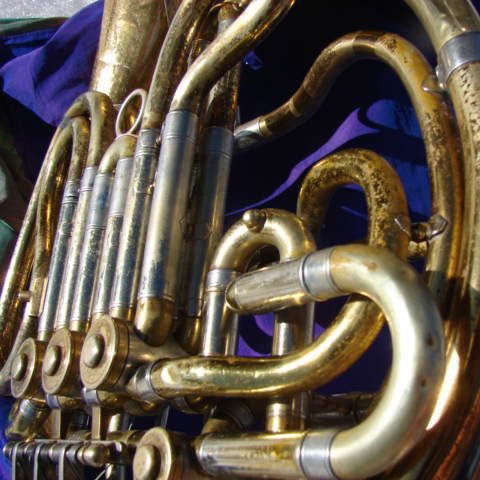
While the earliest known Reynolds double horns date from approximately 1943, a late 1930's Ohio Band Instrument Co. catalog lists a Regent Double Horn. A subsidiary company of Reynolds, Ohio Band instruments were produced in the same factory as Reynolds instruments and by the same craftsmen. Unfortunately, photos and illustrations are not available for this early model, but it wouldn't be a stretch to assume that the horn resembled the King horns that were produced under Foster Reynolds' guidance at H.N. White.
The marketing language in the Ohio Band catalog is very similar to that found in H.N. White materials, especially the claims of milling accuracy to less than 1/1000" and the uniformity of the gauge of metals used. These first descriptions of the horn mechanics, especially the rotary valves, would be reprinted and reused in Reynolds catalogs and brochures through the 1970s.
1936-1946
F.A. Reynolds (Cleveland, Ohio)
While the first horns made by F.A. Reynolds may have actually been Regent models, the earliest known examples of Reynolds French horns suggest that they were made as part of the company's World War II contracts with the U.S. Army (see below). Especially prevalent in the early horns are piston-valve horns in F, most likely used by band members who were more familiar with piston-valved instruments like trumpets and cornets, and which would be easier to maintain as well, with technicians only required to repair one type of valve rather than two. Examples exist from as early as c.1940.
The earliest conventional rotary-valve (Reynolds) double horns have been documented between c.1943 (a U.S. military horn) and 1945 (non-military model). The earliest known single horn with rotary valves dates from 1945. Both 1945 examples are shown below.
Historical Note
In 1937, Conn copied and modified the Kruspe horn being imported by Anton Horner to produce the Model 8D, one of the most popular double horn models used in American orchestras and bands. F.A. Reynolds started with the same Kruspe-Horner layout as a template for their own double horn, first introduced in the early 1940s.
However, compared to the Conn 8D, the Reynolds Double Horn added a short tuning slide above the B♭ change valve. It's not known if this was a unique design to Reynolds or if it was borrowed from another source, but the Reynolds design did serve as the pattern for another very popular horn, the Holton-Farkas model, released in 1958.
World War II
Throughout the 1940s, F.A. Reynolds Co. was awarded contracts by the U.S. Army Quartermaster for band instruments, becoming "a major source of supply for the Armed Forces during World War II." [1977 catalog] These instruments have a silverplate finish with unique engraving and a large "U.S." mark near the rim of the bell. Known serial numbers date production from between 1940 and 1952.
These contracts allowed the relatively new company to continue focusing on making band instruments when more-established manufacturers, e.g., F.E. Olds and Conn, were forced to shut down instrument lines and produce wartime equipment. Details of the contracts are not available, and it is not specified which service bands received the instruments, though anecdotal evidence suggests that the bands of the U.S. Army Air Forces (USAAF) may have been recipients, having just organized in 1941.
1946-c.1950
F.A. Reynolds, division of Scherl & Roth (Cleveland, Ohio)
At some point in the development of Reynolds' double horn, the company began working with Max Pottag. Pottag had been a member of the Chicago Symphony Orchestra and taught at the Northwestern School of Music. It's yet unknown whether Pottag collaborated with Reynolds on their earliest double horns (c.1943) or if he only began working with them after his retirement from the Chicago Symphony (1946/47)—marketing materials collected so far identify him as "retired" from the orchestra. By 1949, Pottag had designed a line of horn mouthpieces for Reynolds and endorsed the F.A. Reynolds Double Horn.
The Reynolds Double French Horn is the most sensitively responding instrument I have ever used and has an unusually easy-speaking upper register—so important to Horn players. Its wondrous tone quality, complete even range and sureness is noteworthy. It is the ideal Horn for me, and I am using it exclusively. I love it and am happy indeed to recommend it to any French Horn player.
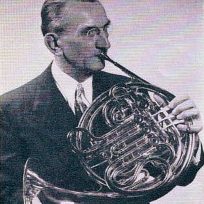
Max Pottag
Northwestern School of Music, Chicago Symphony Orchestra (retired)
Realizing that the French Horn is probably the most difficult and exacting of all brass instruments, Reynolds skilled designers and craftsmen have combined all their arts and talents toward making these the finest instruments of all time.
It is no exaggeration to say that the Reynolds Single French Horn (in F and E♭), and the Double (in B♭-F and E♭) are made with "loving care."
c.1950-1952
F.A. Reynolds, division of Scherl & Roth (Cleveland, Ohio)
The Contempora line launched in 1949 with new trumpet and bass trombone models, followed by cornet and tenor trombone. A year later, most original "F.A. Reynolds" instruments had been rebranded on paper as "Contempora" instruments, including the French horns, though they were still referred to as "Reynolds horns" throughout the 1950s. At the same time, the Reynolds/Contempora Double Horn added an official "Pottag Model" engraving on the bell, making it Reynolds' first artist model instrument (the "Leonard Smith" trumpets and cornets, and "Chambers Model" French horn would follow later in the 1950s).
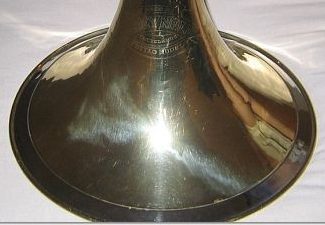
The Kranz
A characteristic feature of the Contempora cornets, trumpets and tenor trombones is their golden bronze-alloy bell with a nickel-silver tone ring. There is no evidence that Reynolds created a similar bronze bell for the Contempora horn, but at least one early (c.1949) Pottag Model horn features a tone ring on the bell. It’s not known if this was a prototype or if Reynolds had a limited production run of horns with a kranz, but the tone ring did not become a standard feature of the Contempora horns.
While the Pottag Model shared the basic Kruspe-Horner layout with the Conn 8D, some have noted that the model dimensions and playing characteristics are more similar to a Conn 6D (which Pottag had played in his time with the Chicago Symphony Orchestra), itself a copy of a Schmidt horn.
So how does it play? Very well, indeed! It is very free blowing, focused, good in all registers, with an especially easy top octave and a well-centered, easy-to-control low register. I recently played it and my Conn 8D at the inauguration of a recital hall some friends had built on their house. All present, me included, preferred the Reynolds to the 8D. It had a more focused, complex, warmer sound than the 8D.
Model Note
In addition to the "Pottag Model" bell engraving, Pottag horns can be visually distinguished from the earlier Reynolds models with two external physical changes:
First, the addition of a small knob on the crook of the B♭ tuning slide, presumably to aid in adjusting the slide by feel (the Chambers and later Contempora models used a pull ring on the slide).
Second, the physical size of the B♭ change valve. Older horns had a change valve the same size as the main three rotary valves; Pottag horns have a much smaller valve. Compare the example at left with the older horns above.
Realizing that the French Horn is probably the most difficult and exacting of all brass instruments, Reynolds skilled designers and craftsmen have combined all their arts and talents toward making these the finest instruments of all time.
Pottag Model Double French Horn built for Symphony use have valves that are of the quiet, floating type, rotating on exceptionally long, accurately fitted shafts and bearings, thereby preventing friction on the rotary valve and are guaranteed to function freely. Graceful in design, yet sturdily built for lifetime use.
These [Single] French Horns are easy blowing and are suitable for both band and orchestra use. They are built in F with E♭ slide. These instruments are constructed of the finest alloy materials which have been developed especially for the manufacture of French Horns. Noiseless rotary valves, precision built, create confidence that is so essential when playing difficult passages.
1952-1961
Roth-Reynolds (Cleveland, Ohio)
In the mid-1950s, perhaps spurred on by the development and release of the Holton Farkas horn (1956-58), Roth-Reynolds approached James Chambers (New York Philharmonic, 1946-1969) with a similar idea for collaboration as to what Max Pottag had provided a decade earlier. Chambers was a Conn 8D player and, with the common Kruspe-Horner heritage, familiar with the basic layout of the Reynolds horn.
The [Reynolds] horn apparently was designed to match the best 8Ds, and then modified slightly until Chambers liked it well enough to replace his 8D. The two most apparent modifications were to double the thickness of the bell from .009″ to .018″, and the leadpipe was shortened and retapered. The heavy bell is far more efficient, so the horn is much less fatiguing to play. The modified leadpipe doesn’t lock in like the 8D pipe. Not only is the horn more expressive, the player has more latitude to play it absolutely in tune.
In addition to the physical specification changes, development of a horn for Chambers required the Reynolds craftsmen to produce solid nickel-silver instruments. After two years of design and development, Chambers endorsed the Reynolds Chambers Model Double French Horn in 1958.
Model 160
Contempora Double French Horn in B♭/F — Pottag Model
Bore: TBD
Bell: 12"
Wrap: Kruspe-Horner (with B♭ tuning slide)
Materials: brass with nickel-silver slide tubes and bracing
Finish: polished brass with clear lacquer finish
Model 161
Same as Model 160, but made of solid nickel silver. Introduced c.1958.
Model 190
Contempora Double French Horn in B♭/F — Chambers Model
Bore: TBD
Bell: 12" heavyweight bell (0.018" thick)
Wrap: Kruspe-Horner (with B♭ tuning slide); ring pull on B♭ tuning slide
Materials: gold brass with nickel-silver slide tubes and trim; metal cork holders and unplated rotor levers
Finish: polished brass with clear lacquer finish
Model 191
Same as Model 190, but made of solid nickel silver
During the past two years I have collaborated with Roth-Reynolds' skilled designers and French horn craftsmen in the development of a new and vastly improved double french horn. The resulting instrument has exceeded all expectations. It combines maximum playing quality with an ease of response not generally associated with horns capable of producing such a full rich tone.
Here, at last, is an instrument fully capable of satisfying the most exacting requirements of the professional while retaining those characteristics which make it the ideal choice for the student.
Today I am using the Reynolds Chambers Model Double French Horn exclusively in my symphony, ensemble and solo playing, my recording work and teaching. I enthusiastically recommend this horn for all types of playing.
Made by artists for artists—Both single and double model Reynolds French Horns assure a perfect scale in all registers. They are remarkably free-blowing without the stuffiness and tightness so often experienced with other Horns. Beautiful pure French Horn tone blends in either band or orchestra.
This brochure features a number of articles and information about James Chambers' endorsement of the Contempora Double French Horn. Also, a 1959 advertisement presenting Chambers and the new model horn.
Brochure provided courtesy of ElShaddai Edwards and may not be copied, reproduced or distributed in any form.
1961-1964
RMC/Reynolds (Cleveland, Ohio)
Sometime after Richards Music purchased Reynolds in 1961, the product catalog was reorganized. Old model numbers were replaced with a new scheme that incorporated an abbreviation for the type of instrument, e.g. "FE" for French Horn, and a hierarchal numbering system that reflected the grade of instrument, e.g. "01" for top-level artist instruments, "56" for student horns. To the best of knowledge, the instrument specifications did not change, just the model numbers. The new numbering system was used for the rest of the company's history.
Reynolds' relationships with Max Pottag and James Chambers were victims of the new ownership group. Contract disputes led to Chambers walking away and returning to his Conn 8D instrument. Pottag had finished teaching at Northwestern in 1953 and was in retirement. By c.1963, the Pottag and Chambers names were removed from the instruments, though the respective designs remained intact. The Pottag models became known as the "Traditional Model", while the Chambers models were sold as the "American Model". Pottag Model horns, with either designation, were only produced through 1964.
Model FE-01
Contempora Double French Horn in B♭/F — American Model (Chambers)
Bore: TBD
Bell: 12" heavyweight bell (0.018" thick)
Wrap: Kruspe-Horner (with B♭ tuning slide); ring pull on B♭ tuning slide
Materials: solid nickel silver body, slide tubes and bracing; metal cork holders and unplated rotor levers
Finish: polished brass with clear lacquer finish
Model FE-03
Same as model FE-01, but made of gold brass with nickel-silver slide tubes, braces and trim
Reynolds Nickel Silver Double Horn—A marked difference in response and sound is the notable result of using nickel silver exclusively in the construction of this horn. For those who prefer the unique characteristics this metal imparts, here is the finest double B♭ and F French Horn of its type in a choice of American or traditional models. All other construction features are the same as the Brass Double Horn.
Reynolds Brass Double Horn—Advanced students as well as professional musicians will find this double B♭ and F French Horn the finest possible for symphony, solo and ensemble work. American or traditional models to suit the taste or style of the artist. Quiet floating type rotary valves have long shafts and bearings. Exceptional ease of response. Delightful tone quality and extremely wide range. Brass finish with nickel silver trim.
Model FE-02
Contempora Double French Horn in B♭/F — Traditional Model (Pottag)
Bore: TBD
Bell: 12"
Wrap: Kruspe-Horner (with B♭ tuning slide)
Materials: solid nickel silver body, slide tubes and bracing
Finish: clear lacquer finish
Model FE-04
Same as Model FE-02, but made of brass with nickel-silver slide tubes, braces and trim
Reynolds Contempora Single—The finest single French Horn in the Reynolds line, this model incorporates all of the best features developed in Reynolds French Horns. It has a perfection of scale in all registers and is remarkably free-blowing without stuffiness. Finished in brass with nickel silver pull slides. Choice of B♭ or F. E♭ slide on F model is available at slight additional cost.
Model FE-##
Contempora French Horn in B♭
Bore: TBD
Bell: 12"
Materials: brass with nickel-silver outer slide tubes and bracing
Finish: polished brass with clear lacquer finish
Model FE-##
Same as model FE-##, but with four rotary valves
1964-1970
Reynolds (Fullerton, Calif.; Abilene, Texas)
After CMI purchased the assets to Reynolds, all of the trumpets, cornets, trombones and French horns were made at the Olds factory in Fullerton, Calif., though they were engraved with "Abilene, Texas". There were slight adjustments to the model specifications compared to the Cleveland instruments. The Single Horn in F was now offered in brass or nickel silver versions, while a B♭ horn was only available in the new Emperor line.
Bernie Marston notes that after purchasing Reynolds at auction, CMI sent the existing inventory of Reynolds horn valves, bells and other parts to the F.E. Olds plant for evaluation and to set up production lines. After the existing Cleveland-made inventory ran out, the new horns used the design of the Chambers Model horns as a general template.
There was a design change to the Chambers model, but there is little consensus exactly what was changed. The bell thickness was reduced to about .012″ inch. This took away the awesome power potential of the heavy bell, but made the horn a little more forgiving to play in smaller ensembles. I was a believer that the new design was more of a student instrument until I did a restoration of one for my wife. I discovered that a universal problem with all the FE01s and FE03s (Chambers in NS and Brass) was solder rings left in the interior tubing. Reaming the bore to a uniform .468″ made the Texas horn play every bit as well as the Cleveland models.
Model FE-01
Contempora Double French Horn in B♭/F
Bore: .468"
Bell: 12" bell (0.012" thick)
Wrap: Kruspe-Horner (with B♭ tuning slide); ring pull on B♭ tuning slide
Materials: solid nickel silver body, slide tubes, braces and trim
Finish: baked epoxy finish
Model FE-03
Same as model FE-01, but made of brass with nickel-silver slide tubes, braces and trim.
Finest possible horn for professionals. Solid nickel silver [model FE-01] throughout produces a resonant ‘dark’ sound. Quiet floating-type rotary valves with long shafts and bearings give exceptional ease of operation. Extremely wide range.
[Contempora FE-11 is] Reynolds’ finest single horn, incorporating all the best features of all our French horns. Remarkably free-blowing, with a perfection of scale in all registers. Solid nickel-silver throughout. E♭ slide available at slight extra cost.
1970-1979
Reynolds (Fullerton, Calif.)
By 1973, model FE-11 (single horn in F, solid nickel silver) had been dropped from the catalog—model FE-12's last mention was in 1976. The double horns remained in the catalog until the end.
Model FE-01
Contempora Double French Horn in B♭/F
Bore: .468"
Bell: 12" bell (0.012" thick)
Wrap: Kruspe-Horner (with B♭ tuning slide); ring pull on B♭ tuning slide
Materials: solid nickel silver body, slide tubes and bracing
Finish: baked epoxy finish
The choice of symphony, concert and professional artists, the FE-01 is extremely flexible with excellent intonation throughout the entire range. Solid nickel silver construction produces a dark resonant sound. Quiet, floating type rotary valves afford quick response and ease of playing.
Model FE-03
Contempora Double French Horn in B♭/F
Bore: .468"
Bell: 12" bell (0.012" thick)
Wrap: Kruspe-Horner (with B♭ tuning slide); ring pull on B♭ tuning slide
Materials: brass with nickel-silver slide tubes and bracing
Finish: baked epoxy finish
Superb craftsmanship and engineering produce a French Horn capable of satisfying the most exacting demands of advanced players. Features the same distinctive characteristics and quality of the FE-01 Contempora French Horn except that it is solid brass with nickel silver tubes, bracing and trim. Use of brass rather than nickel silver gives the instrument a somewhat brighter, freer tone.
Model FE-12
Contempora Single Horn in F
Bore: .468"
Bell: 12"
Materials: brass with nickel silver slide tubes, braces and trim
Finish: baked epoxy finish
Frequently used French Horn for school bands and orchestras. A remarkable free-blowing instrument with a complete, even range. Acoustical and structural design yields maximum playing quality with ease of response. Constructed of solid brass with nickel-silver slide tubes and bracing.
The purpose of this website is to preserve the history of the F. A. Reynolds Company and the distinctive qualities of its brass instruments. Contempora Corner and contemporacorner.com are not related or associated in any way to the former or current F.A. Reynolds Company.
Copyright © 2004-2024 ElShaddai Edwards. All Rights Reserved. Terms of Use.








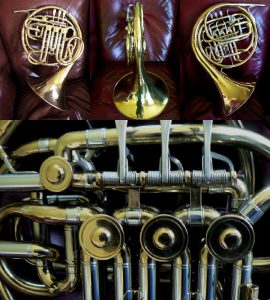



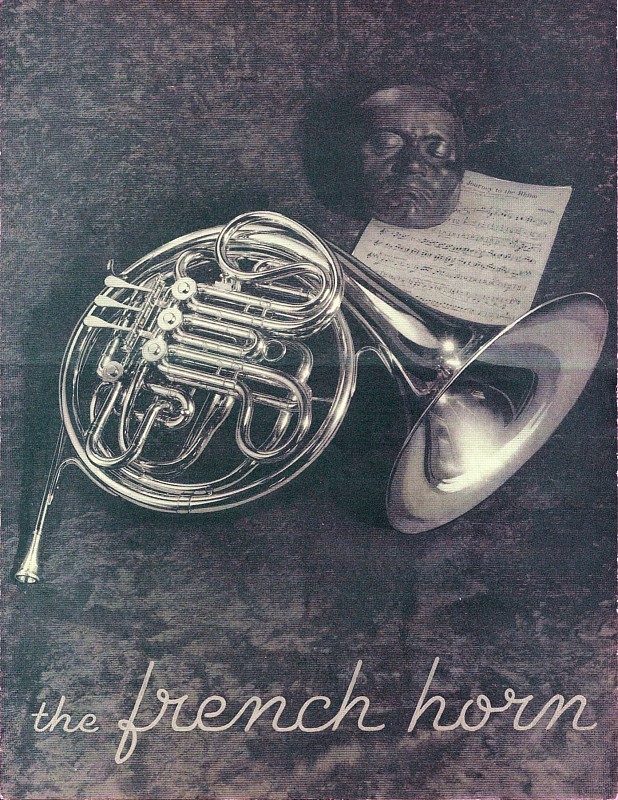
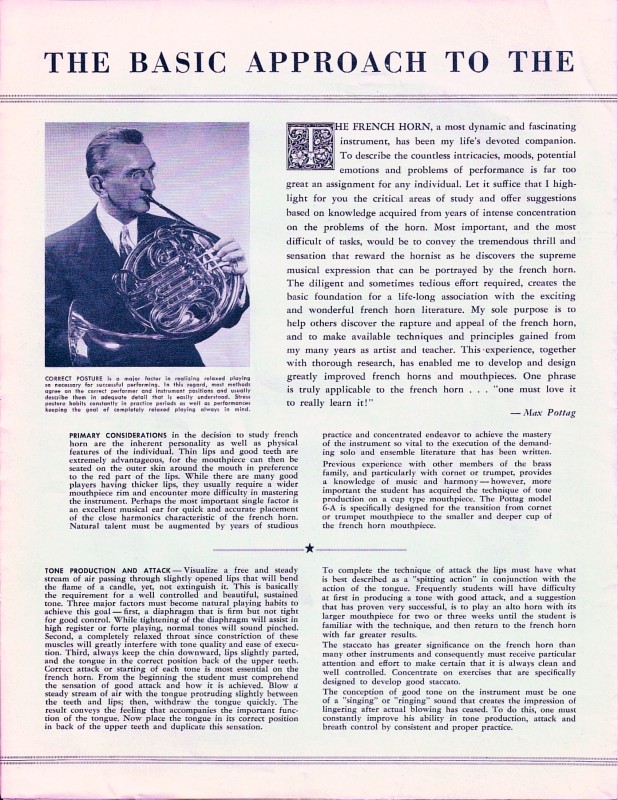
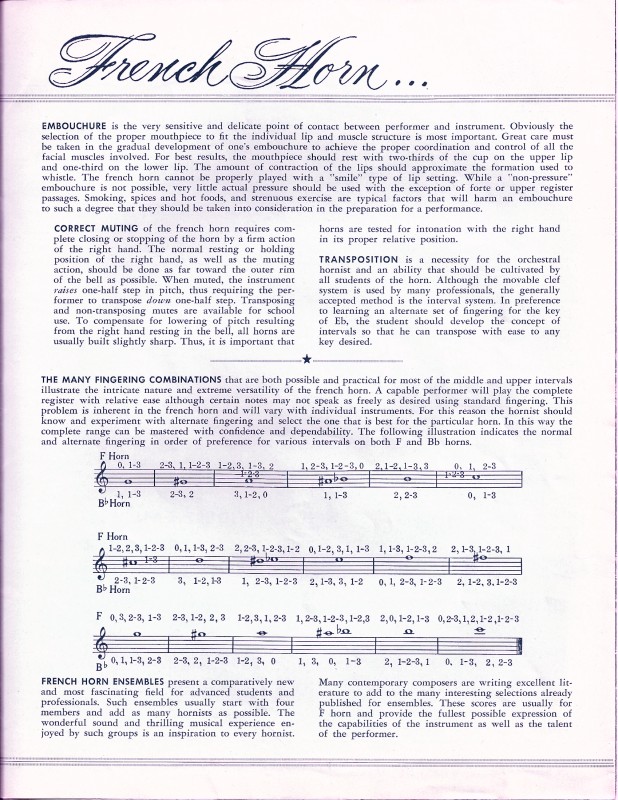
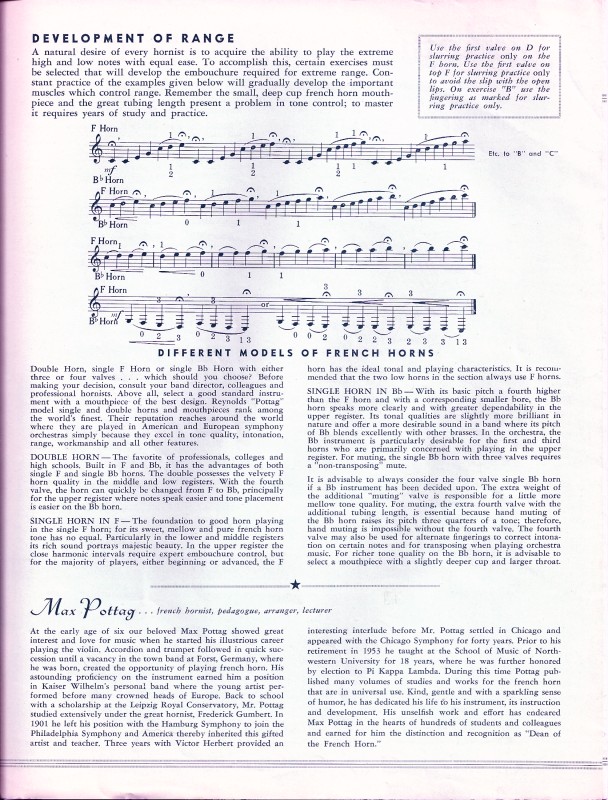



![Model 160 [SN unknown]. Photo source: eBay.](https://contemporacorner.com/wp-content/uploads/2009/03/pottag.jpg)
![Model 161 [SN 53629/>. Photos used with permission from Bruce Tubbs [eBay: frugalhorn].](https://contemporacorner.com/wp-content/uploads/2022/02/053629-800x600.jpg)
![Model 161 [SN 53629]. Photos used with permission from Bruce Tubbs [eBay: frugalhorn].](https://contemporacorner.com/wp-content/uploads/2009/03/053629.jpg)




![Model 155 [SN unknown]. Photos used with permission from eBay Member: dropit-off.](https://contemporacorner.com/wp-content/uploads/2009/01/FE155.jpg)
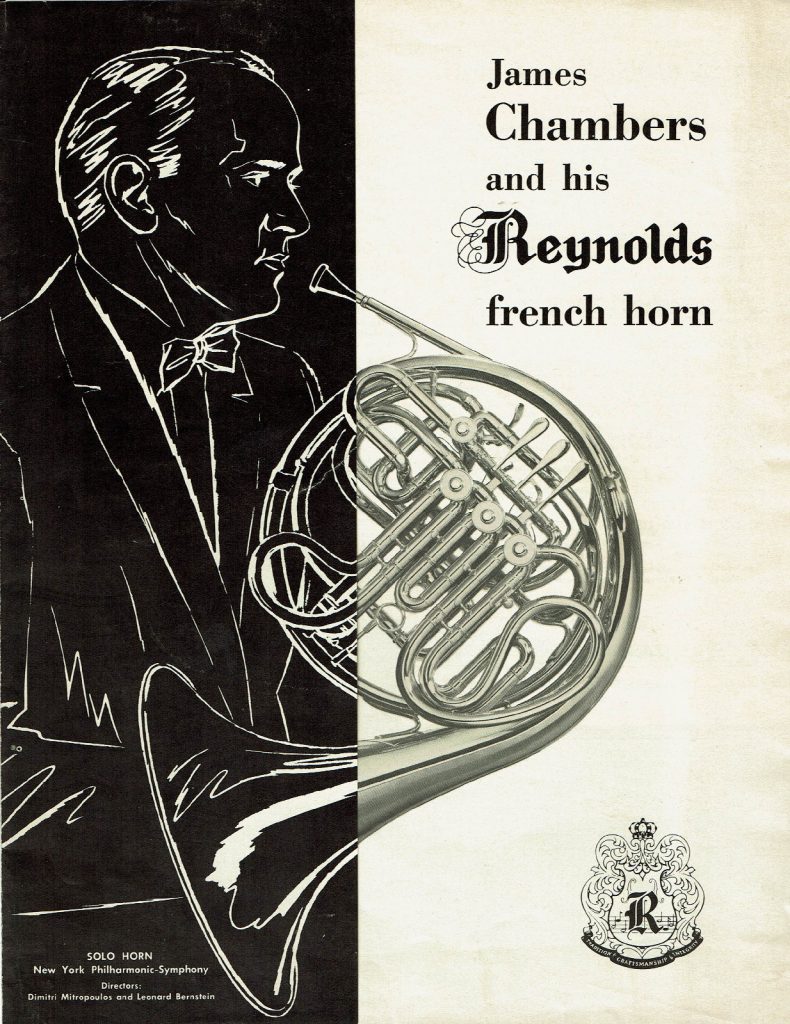
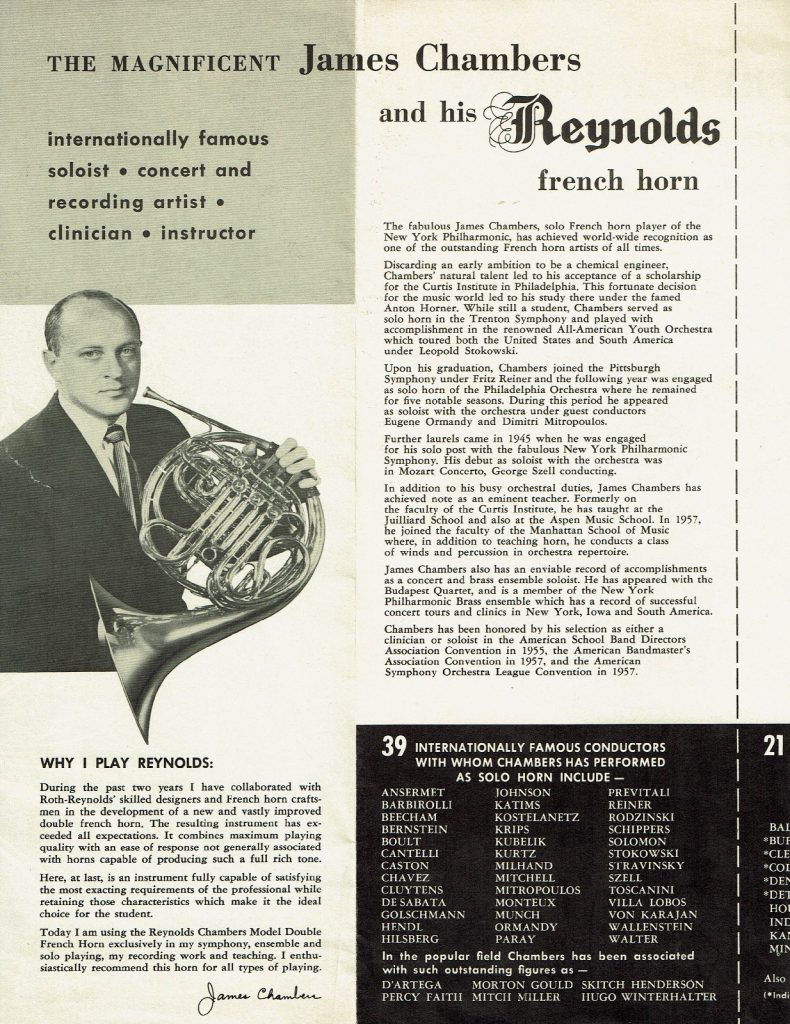
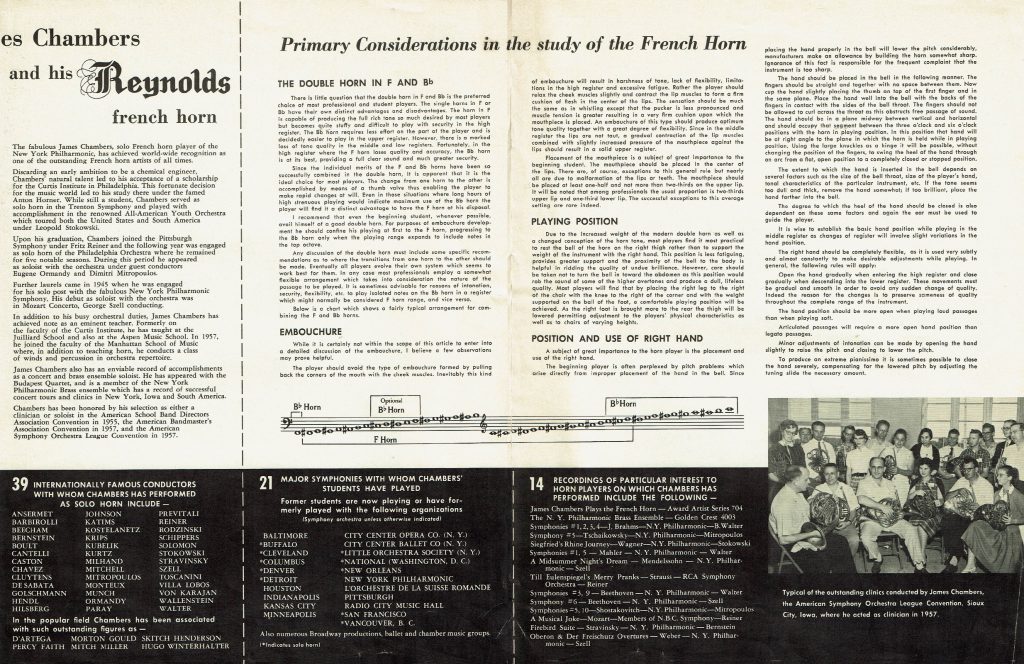
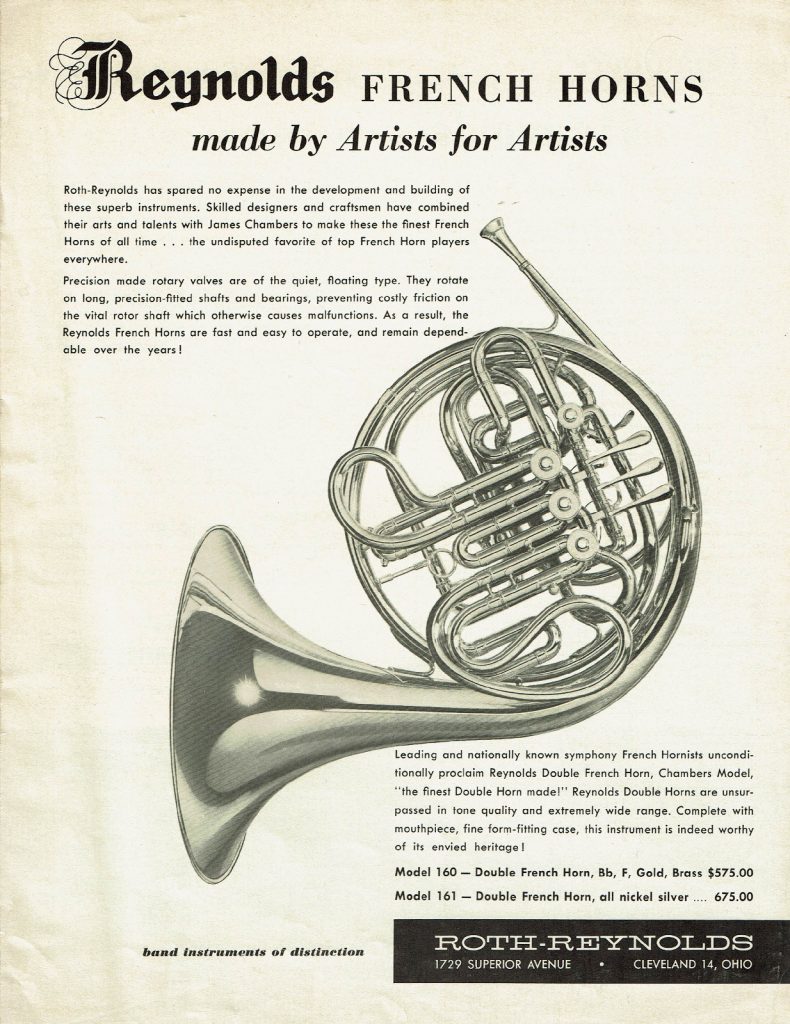
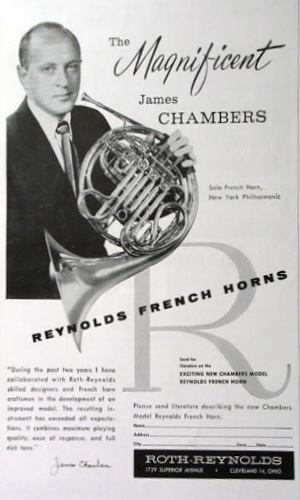



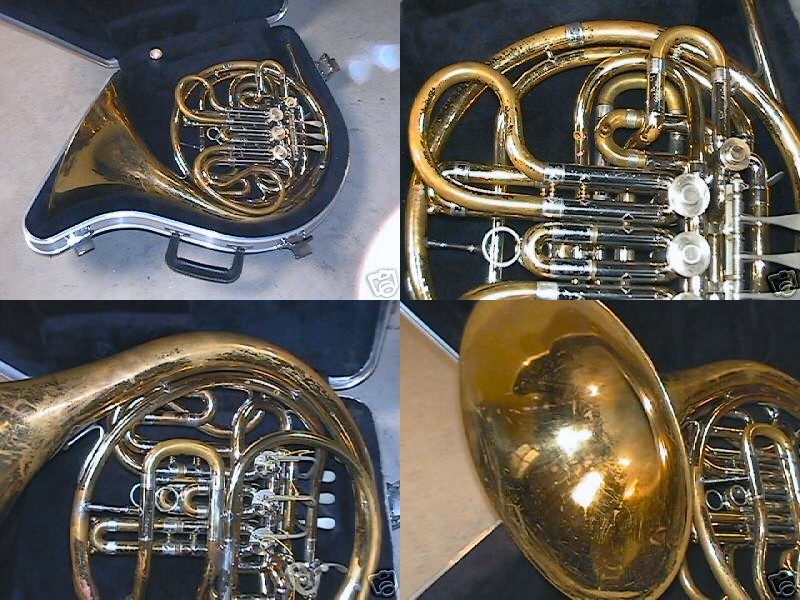




![Model FE-11 [SN 231171]. Photos used with permission from eBay Member: leisuretime-mi.](https://contemporacorner.com/wp-content/uploads/2009/01/231171.jpg)






